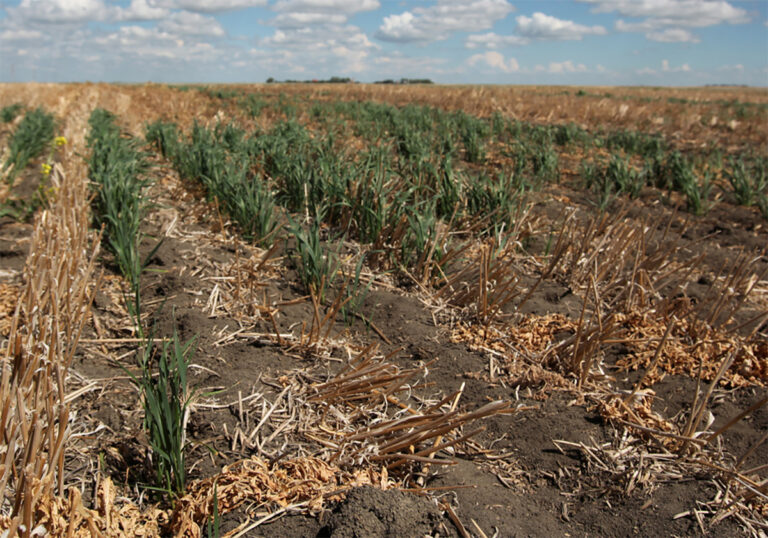Enhancing Business Risk Management in Agriculture
Farmers and their organizations are continually seeking improvements to business risk management programs, which include vital components like AgriInsurance (crop insurance) and AgriStability. One potential avenue for enhancement is allowing government support for private insurance products, argues columnist Kevin Hursh.
Global Ag Risk Solutions (GARS) has been offering private insurance to crop producers based on an income margin over variable costs for many years. Although GARS is now part of Hub International, its Saskatchewan roots remain significant. As grain prices have fluctuated and drought has impacted certain regions, GARS premiums have become increasingly expensive relative to the support provided.
David Sullivan, GARS executive vice-president, is advocating for the inclusion of private crop insurers within government-run business risk management programs. While this proposal benefits GARS and the private insurance sector, it warrants consideration. By giving farmers a specified amount of government support money to allocate towards programs that best suit their needs, more might opt for private insurance solutions like GARS.
Currently, government support for crop insurance is substantial, covering 60% of premiums and all administrative costs. Private insurance, on the other hand, needs to be actuarially sound while generating a profit. Government-run programs, though not requiring profit, often carry inherent inefficiencies. The private hail insurance market in Western Canada serves as a successful example, with multiple companies operating effectively despite some government-subsidized alternatives.

However, there’s a need for better insurance products in areas with smaller markets or more complex insurance requirements, such as forage insurance. The Saskatchewan Crop Insurance Corp. has a rainfall insurance program for hay and pasture, but its effectiveness is limited by factors like the distance between weather stations and the insured crops. Satellite technology could potentially improve this by more accurately assessing forage production.
Private industry is best positioned to develop innovative insurance solutions, but government support is crucial for their viability. The question remains whether business risk management can be strengthened by allowing private insurers to access premium subsidies and risk-sharing support currently reserved for public crop insurance programs. Increased choice and innovation could be beneficial, but careful consideration of the details is necessary.
The current federal-provincial agriculture support framework is set to be renewed in the near future. Now is the opportune time to discuss potential inclusions in the next framework, such as enhanced support for private insurance products in business risk management.


